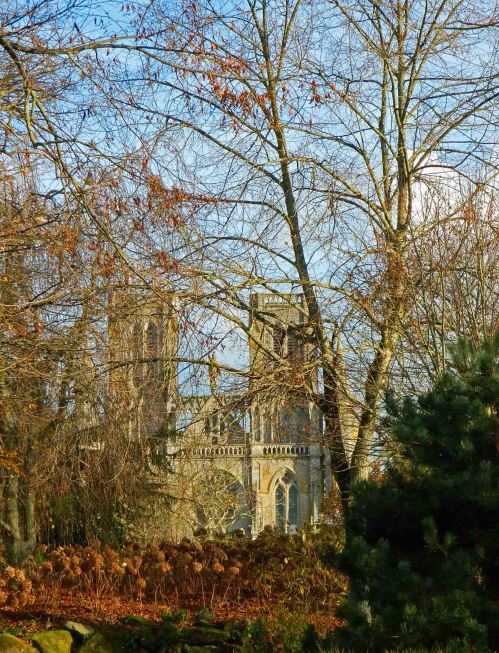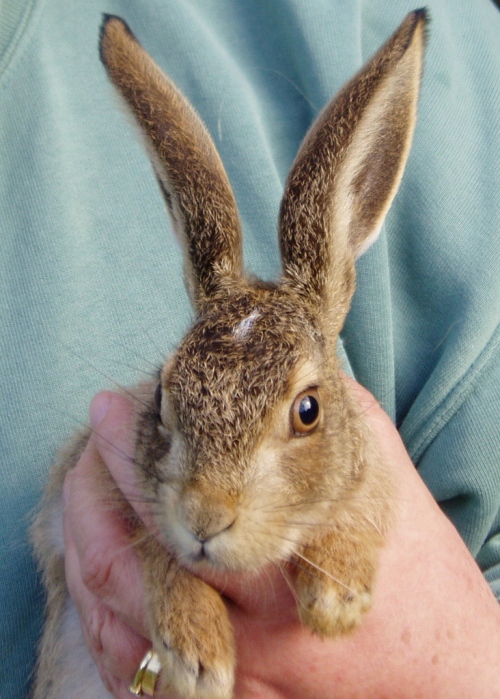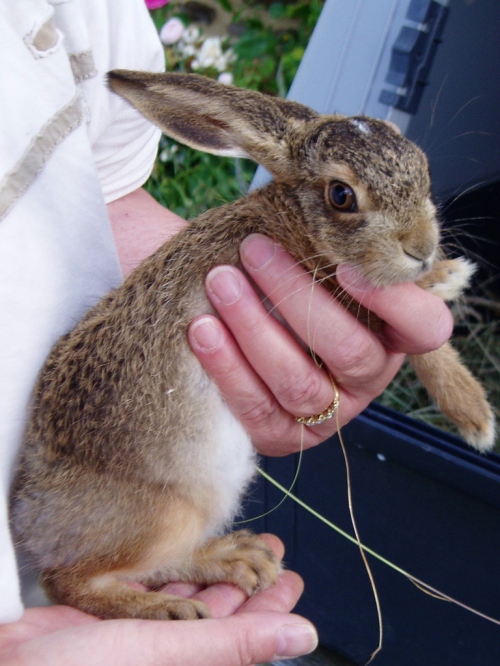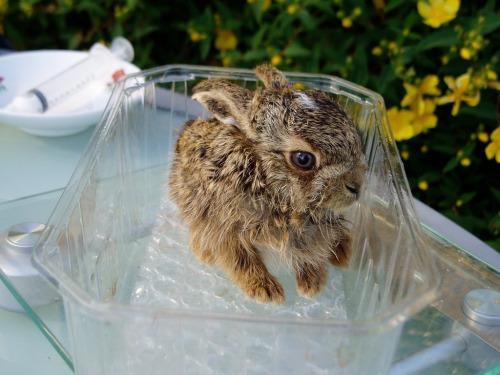…but I think I should resurrect this blog!
I looked at it when Photobucket had its announce and flounce episode and was greeted with so many Upgrade Your Photobucket Account NOW and pay us hundreds of euros demands (instead of the photos I’d uploaded) that I rather lost heart but I’ve found my files of photo backups and I’m decided I’m off again and posting. I will go back and replace the photos Photobucket has suppressed (unless I pay hundreds of dollars) but I want to post new things too. So here we go.
December can be a bit of a blowy month (as well as downright cold and rainy) but we took advantage of a briskly cold but bright day recently and had a tramp around Avranches Jardin des Plantes. Overlooking the Baie de Mont-St-Michel, it suffers from some traffic noise but it is sheltered and there are some interesting plants, sculptures, memorials and trees.
 Looking over the hydrangea beds (in need of a bit of dead-heading) towards the cathedral just outside the Jardin
Looking over the hydrangea beds (in need of a bit of dead-heading) towards the cathedral just outside the Jardin

 I’ve not seen a persimmon tree before but here one is, fruit still hanging on in December. The fruit was very popular with blackbirds who were feeding straight from the branches
I’ve not seen a persimmon tree before but here one is, fruit still hanging on in December. The fruit was very popular with blackbirds who were feeding straight from the branches
The persimmon – or sharon fruit – is called kaki in France which, from a background of Old English slang, doesn’t make it sound the most appealingly named item. I think they’re fairly tasteless (ie, flavour!) but perhaps they’re just delicate and too much garlic has burnt out my ‘delicate’ tastebuds.

 A carpet of golden Ginko biloba leaves under quite a venerable specimen – such a fabulous shape and texture
A carpet of golden Ginko biloba leaves under quite a venerable specimen – such a fabulous shape and texture
 This is a mulberry tree in full leaf in early December… which surprised us
This is a mulberry tree in full leaf in early December… which surprised us
 Bumblebee, lightly dusted with seasonal glitter (okay, pollen) working hard on winter-flowering honeysuckle
Bumblebee, lightly dusted with seasonal glitter (okay, pollen) working hard on winter-flowering honeysuckle
It was nice to see that the Jardin had thought about its insects with large and varied premises just for them.

Whether the bumblebee had booked in for the winter I don’t know (a whole new commercial opportunity for Airbnb perhaps) but I doubt it as they prefer to overwinter in a sheltered hole in a bank or perhaps a crevice in a wall.
 There are viewing platforms which enable you to look across the Baie towards le Mont-Saint-Michel rising out of the haze in the distance
There are viewing platforms which enable you to look across the Baie towards le Mont-Saint-Michel rising out of the haze in the distance
We’ve had a lot of rain since our visit and I’d like to see how it looks 3 weeks on – it’s definitely a flood plain (hence the very sensible lack of dwellings) and there’ll be a lot of ‘casual water’ lying around by now.
A few photos of views and a rather nice picnic table which would be lovely and shady in warmer weather.




 He objected strongly to the reduction in milk delivery – when I’d taken it down to about 25mls once a day, it disappeared so fast that his head was going backwards and forwards obviously wondering where the heck the rest was. When, within a day or two, I stopped the milk completely, he butted my hand as I took out the previous delivery of uneaten grass, clearly – even in a hare-y way – looking for his bottle. That only lasted a day or two and I assuaged his need (and my mild guilt) with a couple of pea pods treats on arrival.
He objected strongly to the reduction in milk delivery – when I’d taken it down to about 25mls once a day, it disappeared so fast that his head was going backwards and forwards obviously wondering where the heck the rest was. When, within a day or two, I stopped the milk completely, he butted my hand as I took out the previous delivery of uneaten grass, clearly – even in a hare-y way – looking for his bottle. That only lasted a day or two and I assuaged his need (and my mild guilt) with a couple of pea pods treats on arrival.


























